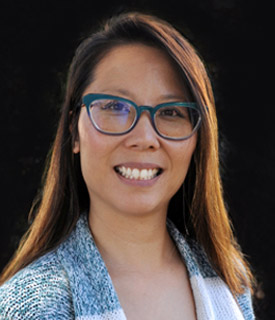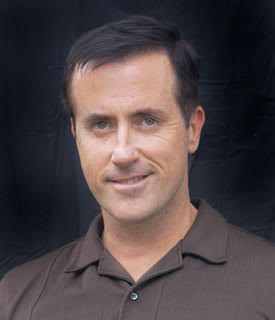It may not be a shocker to most people, but there’s a science behind people getting depressed in the winter. There’s actually a mood disorder known as Seasonal Affective Disorder (SAD) that affects an individual around the same time each year, usually winter. When thinking about the winter, usually the first thing that comes to mind is the cold. However, it’s not the cold temperatures or snowy weather that triggers this mood shift. In fact, it is related to sunlight – well, the lack of it. With shorter daylight and longer darkness, the winter can trigger an increased production of melatonin, a chemical which regulates sleep and can cause symptoms of depression.
We absorb Vitamin D from sunlight; a nutrient that makes us happy. So with less sunlight, we lack that resource. On the other hand, when the summer comes around, individuals with SAD return to a better mood. A less common type of SAD is the complete opposite, decreasing someone’s mood during the summer season. It’s also more common in women. Among those with SAD, 60%-90% are women. Crazy! Severity also varies between each person, 10-20% of people with SAD will have more mild symptoms of depression. This is usually developed in later teen or young adult years.
So what are the symptoms?
- Most people have only some of these symptoms, not all.
- Depressed mood
- Loss of interest in usually enjoyable activities
- Fatigue or loss of energy
- Feelings of worthlessness or hopelessness
- Poor concentration, indecisiveness
- Recurrent thoughts of death or suicide
- The symptoms of SAD come back every year, and for any specific person, they tend to come and go at about the same time each year.
- Winter SAD is typically characterized by
- sleeping more than usual;
- craving for sugar, starchy foods, or alcohol;
- weight gain;
- irritability;
- conflicts with other people;
- heaviness of arms and legs;
- behavior disturbances (in children).
And how do we treat it?
Because SAD is related to sunlight, the appropriate method of treatment is light therapy. This is a special lamp that mimics sunlight. It is suggested to be used in the morning, to resemble sunrise. Basically, an individual would be in front of the light with their their eyes open. You want to look towards the light but not directly at the light – just as we would never look directly at the sun but towards it. This maybe take up to a couple weeks to start noticing mood improvement. There are few to no side effects. Very few have reported headaches, eye strain, or nausea.
If you think you may have SAD, please seek help from a medical professional. Severe depression can’t be self medicated or taken lightly. If you are located in the San Diego area or it’s surrounding cities, please contact us and we will get you in touch with a medical professional. We have offices located in Coronado and Carlsbad, San Diego.
References:
Seasonal Depression (SAD). (n, d.). EMedicine Health. Retrieved September 20, 2014, from
http://www.emedicinehealth.com/seasonal_depression_sad/article_em.htm#seasonal_depression_overview
10 Things You Didn’t Know About Seasonal Affective Disorder. (n, d.). PsychCentral. Retrieved September 20, 2014, from http://psychcentral.com/lib/10-things-you-dont-know-about-seasonal-affective-disorder/0002
Seasonal affective disorder. (2013, March 08). PubMed Health. Retrieved September 20, 2014, from http://www.ncbi.nlm.nih.gov/pubmedhealth/PMH0002499/
Seasonal Affective Disorder. (2006, September 29). Psychology Today. Retrieved September 20, 2014, from http://www.psychologytoday.com/conditions/seasonal-affective-disorder
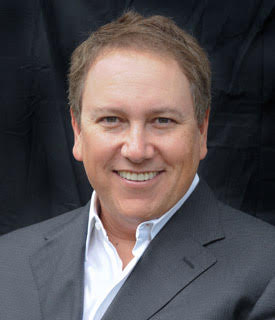
Dr. Melden earned his Doctorate in Osteopathic Medicine at Philadelphia College Osteopathic Medicine and went to USC Presbyterian Hospital for his residency in Family Medicine. He then completed his Psychiatric residency at the University of California, Irvine and went to UCSD Geropsychiatry pursuing a fellowship. Dr. Melden has over 14 years of experience as a clinician specializing in treating child and adolescent, adult and geriatric clients. He has devoted his life to psychiatry in a variety of different treatment settings including in- patient and out-patient environments. He specializes in the psychiatric evaluation, complementary therapy approaches, and medical management of individuals suffering from mental illness. Currently, he maintains a private practice with Crownview Medical Group in Coronado and Carlsbad, California where he is CEO/President.

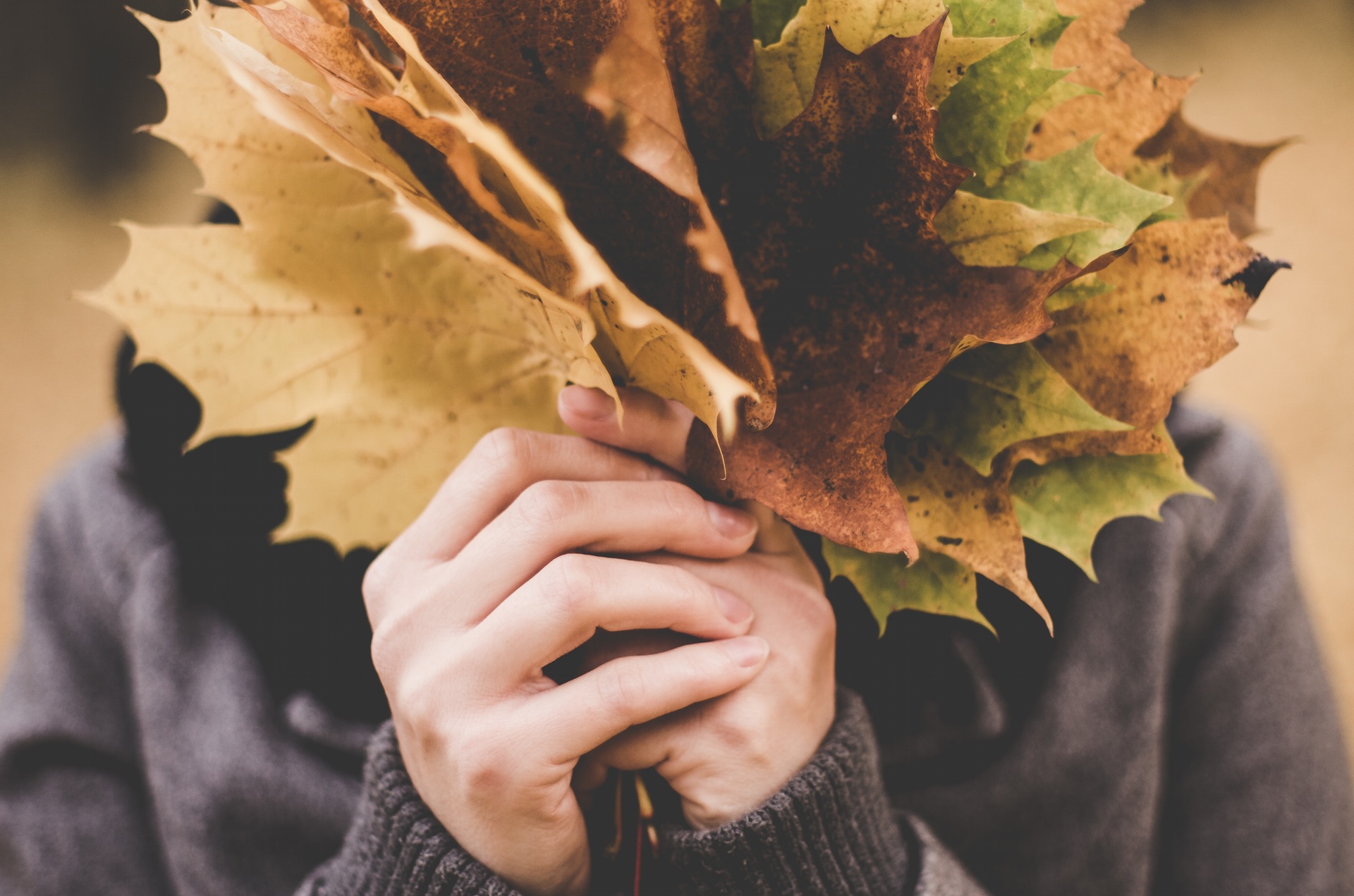
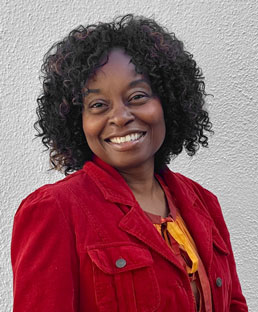 Myriame Nicolas, PMHNP-BC
Myriame Nicolas, PMHNP-BC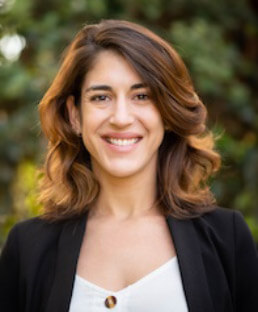 Charlie Perez, PMHNP-BC
Charlie Perez, PMHNP-BC Kelvin Poon, MSN, PMHNP-BC
Kelvin Poon, MSN, PMHNP-BC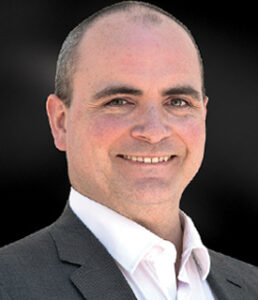
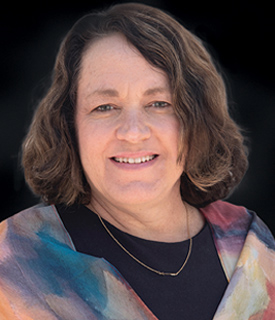
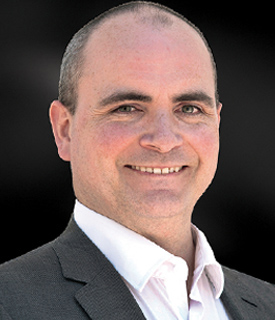
 Apneet Mann, FNP-C
Apneet Mann, FNP-C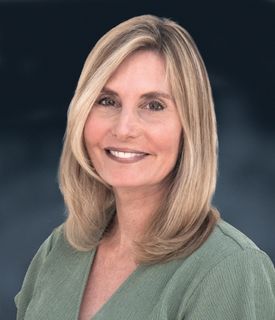 Kimberly Umansky, FNP-C
Kimberly Umansky, FNP-C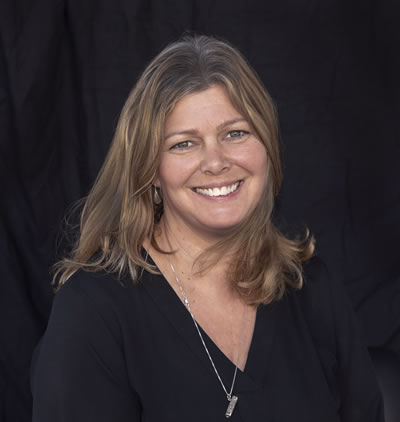 Joanne Talbot Miller, M.A., LMFT
Joanne Talbot Miller, M.A., LMFT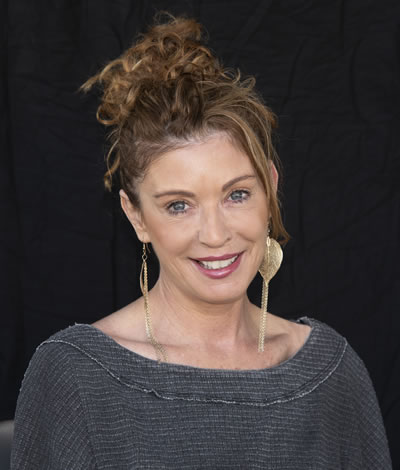 Rachael Hueftle, NP
Rachael Hueftle, NP J. Heather Fitzpatrick, LCSW
J. Heather Fitzpatrick, LCSW Agata Nowakowska
Agata Nowakowska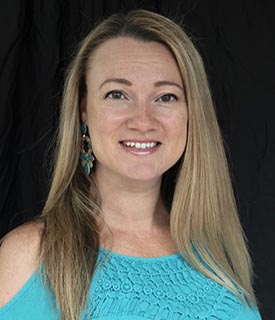 Brianna Meacham
Brianna Meacham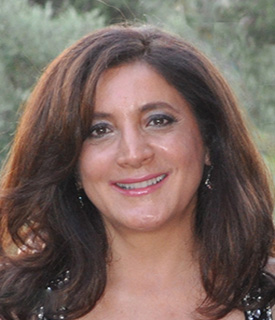 Maha Moses, PhD
Maha Moses, PhD Rebecca McKnight, PsyD
Rebecca McKnight, PsyD Tiffany Holm N.P.
Tiffany Holm N.P. Dede Echitey, PMHNP-BC
Dede Echitey, PMHNP-BC